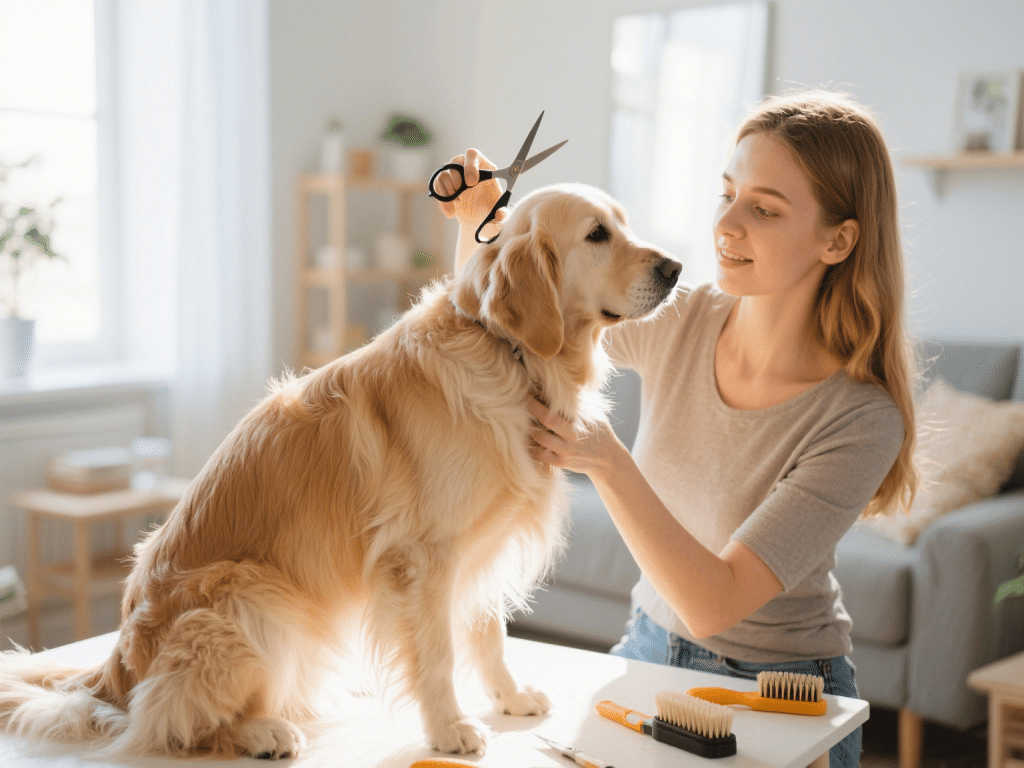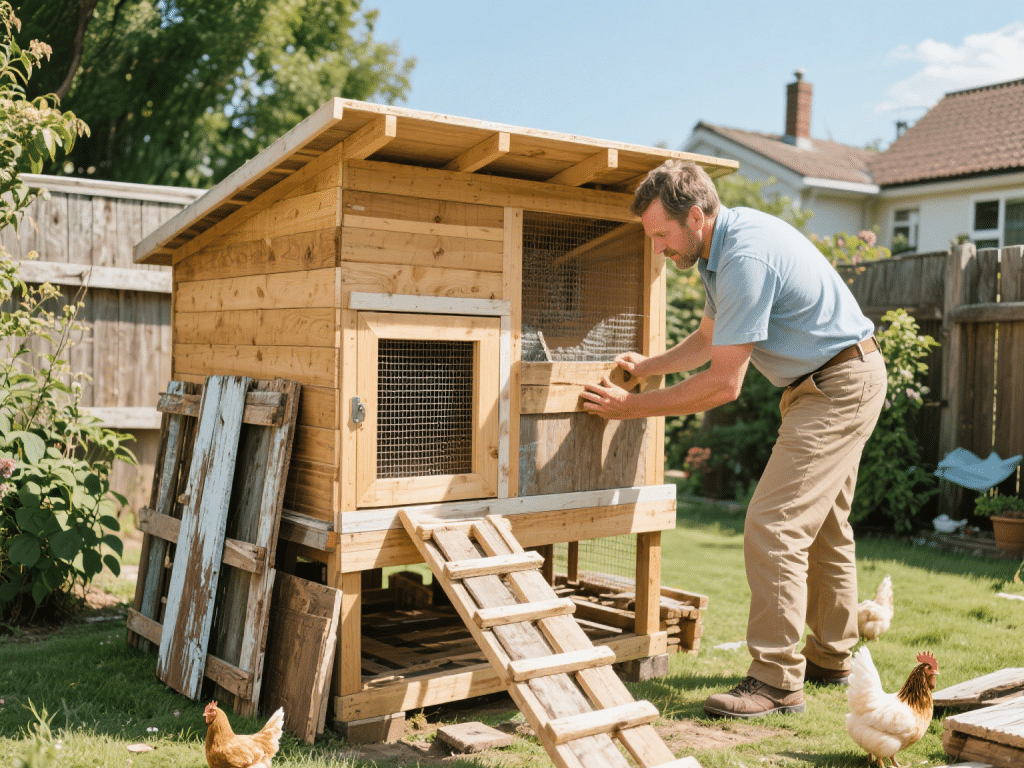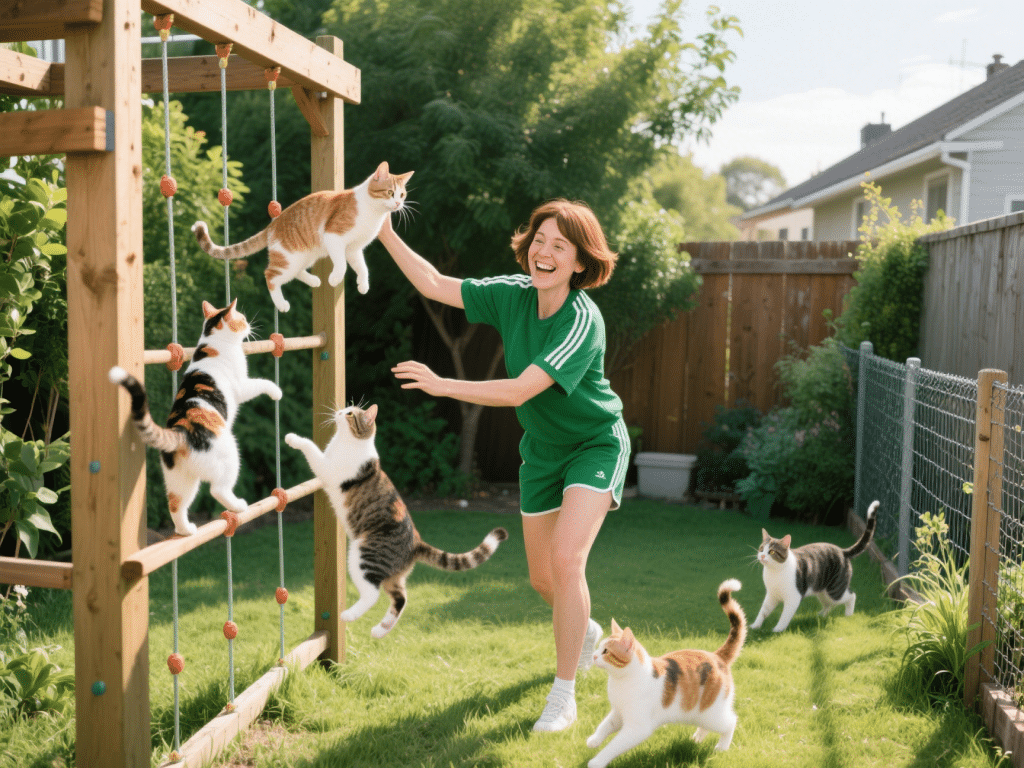
Introduction
Long-haired dog breeds—such as Afghan Hounds, Shih Tzus, and Yorkshire Terriers—require regular grooming to prevent matting, skin issues, and discomfort. While professional grooming services are ideal every 6–8 weeks, dedicated pet owners can maintain their dog’s coat at home between appointments. This comprehensive guide details essential tools, step-by-step techniques, and safety tips to keep your long-haired dog’s coat healthy, shiny, and tangle-free.
1. Essential Grooming Tools
Brushes and Combs:
Slicker Brush: Fine wire bristles remove loose hair, tangles, and undercoat.
Pin Brush: Longer metal pins with protective tips to smooth outer coat and distribute natural oils.
Steel Comb (Wide-tooth to Fine-tooth): Wide teeth tease out mats; fine teeth catch smaller tangles and debris.
Dematting Tools:
Mat Splitter (Rake): Gently cuts through stubborn tangles without injuring skin.
Dematting Comb/Knife: Small blades slice apart mats; use with care to avoid cutting skin.
Scissors and Clippers:
Straight Scissors (7–8 inches): For trimming long hair on legs and body.
Thinning Shears: Blend harsh lines and remove excess bulk.
Grooming Clippers: Cordless or corded; use detachable blades (#4F or #7F) for sanitary trims.
Blade Oil: Lubricates clipper blades to prevent overheating and pulling.
Bathing Supplies:
Dog-Specific Shampoo and Conditioner: Formulated pH-balanced; choose hypoallergenic or oatmeal-based for sensitive skin.
Detangling Spray: Lightly mist coat pre-brushing to reduce friction.
Drying Equipment:
High-Velocity (HV) Dryer: Removes loose fur and dries hair quickly. Use adjustable heat and speed settings.
Absorbent Towels: Microfiber towels to blot excess moisture before blow-drying.
Miscellaneous:
Ear Cleaning Solution and Cotton Balls: Prevent ear infections.
Nail Clippers or Grinder: Maintain nail length; avoid cutting into quick.
Styptic Powder: Stop bleeding if nails are trimmed too short.
2. Pre-Grooming Preparation
2.1 Setting Up a Grooming Station
Location: Choose a non-slip surface—rubber mat on a tabletop or floor to prevent slipping.
Lighting: Bright, diffuse lighting to clearly see tangles and mats.
Restraint: Use an adjustable grooming arm with a noose for safety. Never leave dog unattended.
Gather Supplies: Have all tools within arm’s reach to minimize interruptions.
2.2 Assessing Coat Condition
Check for Mats and Tangles: Run your fingers through coat to identify mat-prone areas—behind ears, armpits, under collar, tail base.
Skin Inspection: Look for hot spots, fleas, ticks, or skin irritations; address any issues before proceeding.
3. Step-by-Step Grooming Process
3.1 Dematting and Brushing
Apply Detangling Spray: Lightly mist the coat in mat-prone zones to reduce friction.
Use Slicker Brush: Gently brush from roots to tip at a 45° angle. Hold mat at root to prevent pulling skin.
Wide-tooth Comb: For stubborn tangles, start with wide teeth then gradually switch to finer teeth.
Mat Splitter or Dematting Knife:
Insert splitter at base of mat; gently cut through fiber without pulling.
Work small sections at a time—never attempt big chunks at once.
After splitting, brush out loose hair thoroughly.
Pin Brush: Once major mats are removed, use pin brush to smooth outer coat and evenly distribute natural oils from skin to hair shaft.
3.2 Bathing
Water Temperature and Pressure:
Use lukewarm water; avoid direct high-pressure spray to prevent discomfort.
Wet coat thoroughly from neck to tail, avoiding eyes and inside ears.
Shampoo Application:
Use 1–2 tablespoons of conditioner-infused shampoo for long coats.
Lather from neck down; pay attention to underbelly, behind legs, and tail.
Rinse thoroughly until water runs clear. Leaving residue can cause matting.
Conditioner (Optional):
If coat is extremely dry or brittle, apply a leave-in conditioner.
Rinse lightly to avoid buildup.
Ear and Paw Care:
Use cotton balls lightly moistened with ear solution to wipe inner ear flap; avoid deep insertion.
Trim between paw pads with curved scissors to remove excess hair, reducing clumping of debris.
3.3 Drying and Finish Brushing
Towel Blotting:
Gently press down with microfiber towels to soak up excess water; avoid vigorous rubbing which causes tangles.
High-Velocity Drying:
Keep dryer nozzle 3–4 inches from coat; use low heat or cool setting to prevent burns.
Brush coat simultaneously with a slicker brush to separate fibers and speed drying.
Final Brushing and Trimming:
Once completely dry, run a wide-tooth comb through entire coat, finishing with a pin brush.
Trim any stray hairs around paws, sanitary areas, and under tail with straight scissors.
Use clippers with a #7F blade to tidy up the underside belly hair if needed—be very cautious near skin.
4. Specialized Area Grooming
Face and Ear Hair:
Use small blunt-nose scissors to trim hair around eyes, ensuring clear vision.
Comb ear hair forward; trim excess to improve air circulation and reduce infection risk.
Check ears for wax buildup or redness; clean as needed.
Feet and Leg Feathering:
Feathered breeds (e.g., Cocker Spaniels) have long feathered ears and legs prone to mats.
Trim hair between toes and paw pads to prevent slipping and debris accumulation.
Blend leg hair using thinning shears to maintain natural shape while removing bulk.
Tail Plume:
For dogs like Afghan Hounds with long plumes, brush from base outward, ensuring no knots at the root.
Trim split ends with scissors to maintain a silky appearance.
Avoid over-thinning—preserve full, graceful tail shape.
5. Post-Grooming Maintenance and Schedule
Regular Brushing Routine:
Aim for daily brushing of long-haired breeds to prevent mat formation.
Use slicker brush for deeper undercoat removal 2–3 times a week.
Bath Frequency:
Long-haired dogs generally require baths every 4–6 weeks, depending on lifestyle and coat condition.
Use coat-specific shampoo and conditioner recommended by your veterinarian or groomer.
Professional Grooming Complement:
Schedule professional grooming every 6–8 weeks for hand-stripping (for wire-haired breeds) or scissoring.
Maintaining at-home grooming between visits ensures less stress and shorter professional sessions.
Monitor for Skin and Coat Health:
Check for dryness, dandruff, or excessive oiliness. Use veterinarian-recommended coat supplements (e.g., fish oil, biotin) if needed.
Address any hotspots or skin irritations immediately to prevent secondary infections.
Conclusion
Grooming long-haired dogs at home is a rewarding bonding experience that promotes comfort and well-being. With the right tools—slicker brushes, dematting tools, quality scissors, and a high-velocity dryer—you can effectively remove tangles, maintain a lustrous coat, and detect any skin issues early. Establish a consistent routine: daily brushing, monthly baths, and periodic professional trims. By investing time and attention into at-home grooming, you’ll keep your dog looking and feeling their best.









Comments on "How to Groom Long-Haired Dogs at Home: Tools and Techniques" :